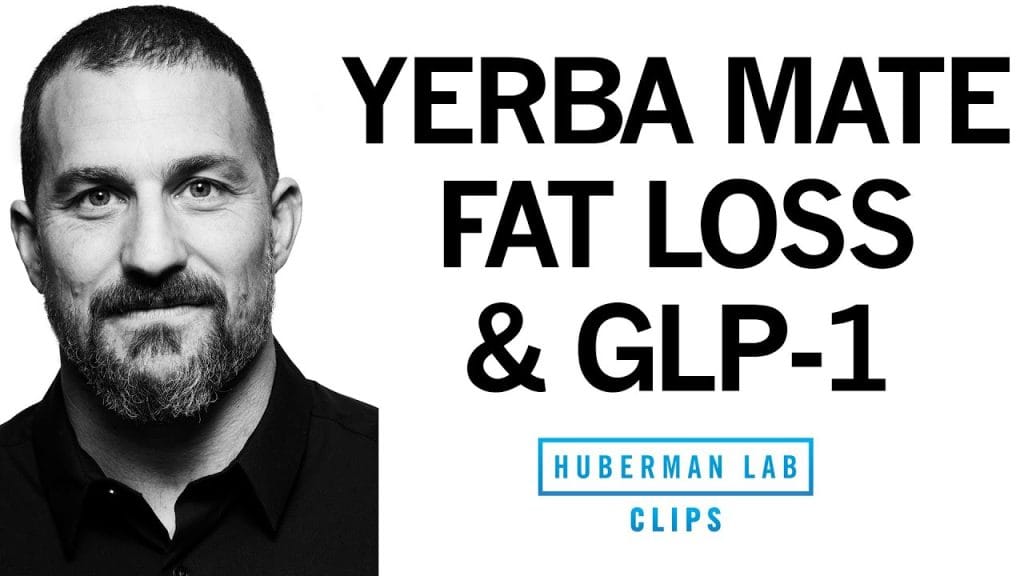– I want to highlight some recent findings in an area totally
separate from mental health that I think are really important for everyone to know about. This is a paper published
in the journal, "Cell," which is a Cell Press
journal, an excellent journal, in fact, one of the three apex journals. So for those of you that are curious, papers published in the journal, "Nature," "Science," and "Cell" are considered the sort of Super Bowl, Stanley Cup, and NBA championships of publishing. And this paper entitled "An inter-organ neural circuit
for appetite suppression" illustrates a very important principle that I think everyone should know about. And that's the principle of
so-called parallel pathways.
Parallel pathways, as the name suggests, are pathways that could be neural pathways or hormonal pathways or otherwise that operate independently of one another to accomplish a common goal. And what this paper really shows is that there's a set
of peptides in the body, and the peptide that
I'm referring to today is called GLP-1,
glucagon-like peptide one, and some related peptides. I've talked about these
on the podcast before for two reasons. First of all, I'm a big proponent and
consumer of yerba mate. Yerba mate is a tea that
can promote the release of glucagon-like peptide one, and there are also new prescription drugs that are now hitting the market and for which there are really
impressive clinical trials for diabetes and obesity
that are essentially glucagon-like peptide one stimulators, so they stimulate the release
of that, or they are in fact a synthetic version of
glucagon-like peptide one.
What is glucagon-like peptide one? It is a peptide, which is
a small little protein, that can dramatically suppress appetite. So that's why these
drugs are being explored and are showing quite impressive results for things like treatment
of type two diabetes and other forms of diabetes,
as well as obesity. So they lead to weight loss. Now in terms of the yerba mate stimulation of glucagon-like peptide one, that's going to be a much lower amount of glucagon-like peptide
one that's released from drinking yerba
mate as opposed to, say, taking a drug that stimulates GLP-1 or taking a drug that is GLP-1. Nonetheless, should also point out that yerba mate comes in a
bunch of different forms. There is some concern about
certain smokey flavored forms of yerba mate being carcinogenic, so that's why I avoid those
forms of yerba mate, but for me, yerba mate is one of the preferred sources of caffeine for me, I
like the way it tastes. It does provide the sort of caffeine kick that I like to have early in the day for focus and for work and for exercise, and yet I actively avoid the
smoked varieties of yerba mate because of the potential
carcinogenic effects of the smoked varieties.
Glucagon-like peptide one,
as I mentioned earlier, can suppress appetite,
but what this paper shows is it does that by at least two mechanisms through parallel pathways. What this paper shows is that
glucagon-like peptide one acts on receptors in the body in a portion of the nervous system called the enteric nervous system, e-n-t-e-r-i-c, enteric nervous system. This is a component of your nervous system that you don't really have control over. It's autonomic or automatic. GLP-1 binds to what are called intestinofugal enteric neurons. You don't need to know the name, but those neurons do two things. First of all, they cause
some gut distension. So they actually make you feel full. This is incredible, right? A peptide, not actual physical food, but a peptide that stimulates
neurons that cause changes in the so-called
mechanoreceptors of the gut, of the enteric nervous system,
and make people feel full. So it can lead to actually mild, or I suppose if levels
of GLP-1 are very high, to major gut distension.
Okay, I think that the levels of GLP-1 that would come from drinking yerba mate and hopefully from appropriate dosaging of the synthetic forms of GLP-1 or drugs that stimulate GLP-1 would cause mild, not
major gut distension, 'cause major gut distension
would be uncomfortable. So GLP-1 is acting at the level of gut to increase gut distension
and by way of a pathway that goes from the gut
up to the hypothalamus, this little cluster of neurons
about the size of a marble that sits above the roof of your mouth is also suppressing appetite
through brain mechanisms.
So this is really beautiful, right? You have a peptide, a
small little protein, that's released in the gut and that release within the
gut causes gut distension which makes you feel full, and by way of neural
stimulation of the hypothalamus also activates neural
pathways within the brain that trigger satiety, the feeling of having had enough food. So to me, GLP-1 is both
impressive and important. Why? Because this recent category of drugs that's now hitting the market seems to adjust obesity or can
help people with weight loss in order to help their health, and it's doing so by at
least two mechanisms.
One is within the brain and
the other is within the gut and communication through the
so-called gut brain access. Because again, these enteric neurons are communicating to the
brain, the hypothalamus, by way of this what's called the sympatho-gastro-spinal-reticular-hypothalamic
pathway. You absolutely do not
need to know all of that. That's a mouthful, that's enough to make
your mouth feel distended. But at the same time,
things like yerba mate and I'm sure there are other
compounds out there as well, but certainly yerba mate can
stimulate the release of GLP-1, so for those of you that are looking for some mild appetite suppression and want to accomplish that
while also ingesting caffeine, yerba mate might be a
good option for that, and just know that it's operating through two mechanisms on the body through mild gut distension
to make you feel full and on the brain to increase satiety or make you feel less hungry. And then for everybody, not just those that are interested
in appetite suppression, I think it's important to understand that these parallel
pathways are fundamental to how we are organized.
Another good example of this
would be when we are excited by something positive or negative, so it could be stressful or
we're positively aroused, there is a parallel activation
of epinephrine, adrenaline, both from your adrenals and from an area in the brain
called the locus coeruleus. So again and again, we see this in biology and in neuroscience that your brain and your
body are acting in concert. They're acting together through mechanisms that either are independent, so separately in the brain
and separately in the body but directed towards a common goal, or through communication
between brain and body, and almost always that communication is going to be bidirectional.
Body to brain and brain to body. So I think these results
are really interesting and really important
for sake of weight loss, for sake of appetite suppression, and just generally for the
way that they illustrate this very important theme of the way that we are constructed
at a biologic level, which is parallel pathways. [upbeat music].


